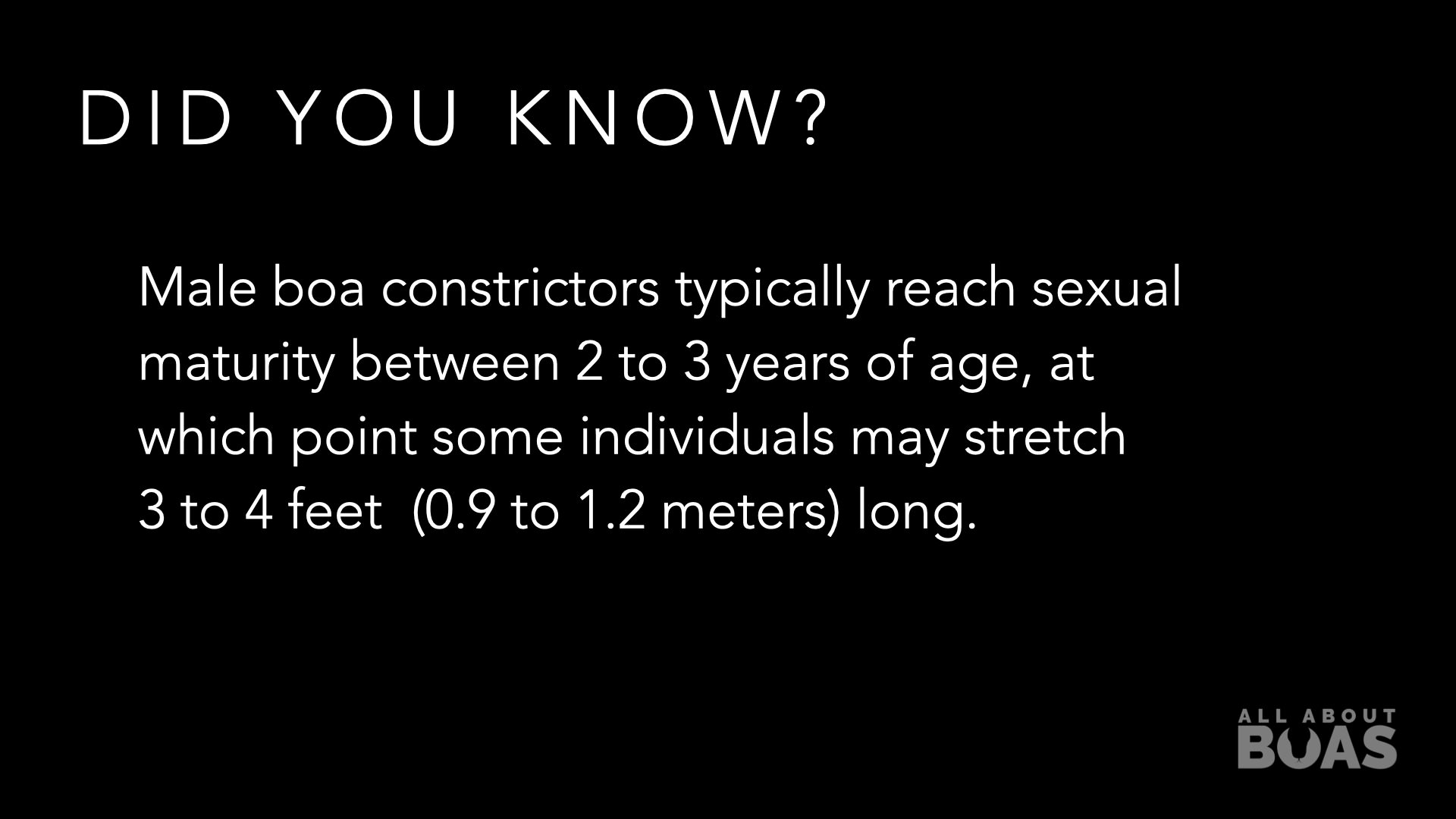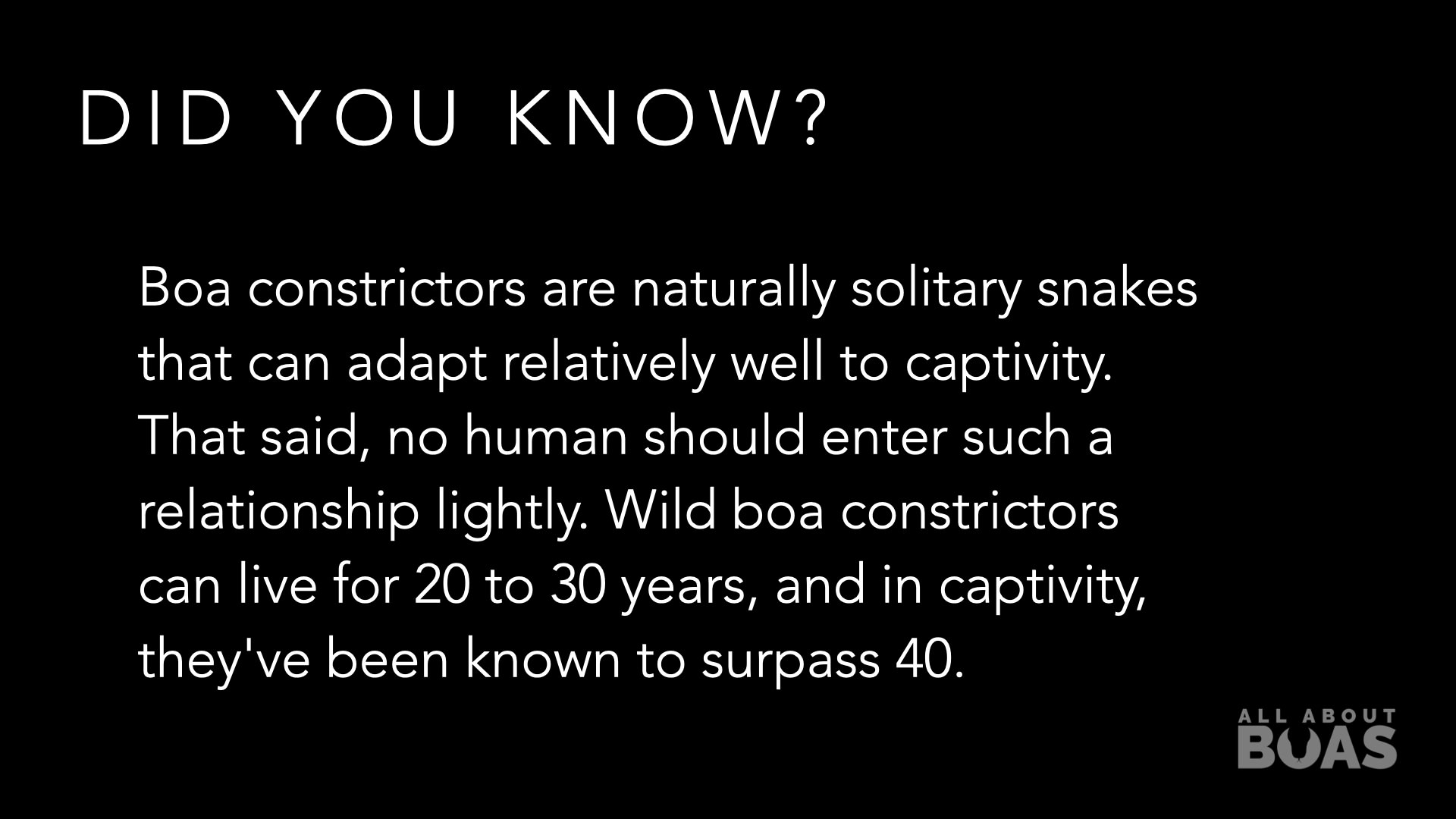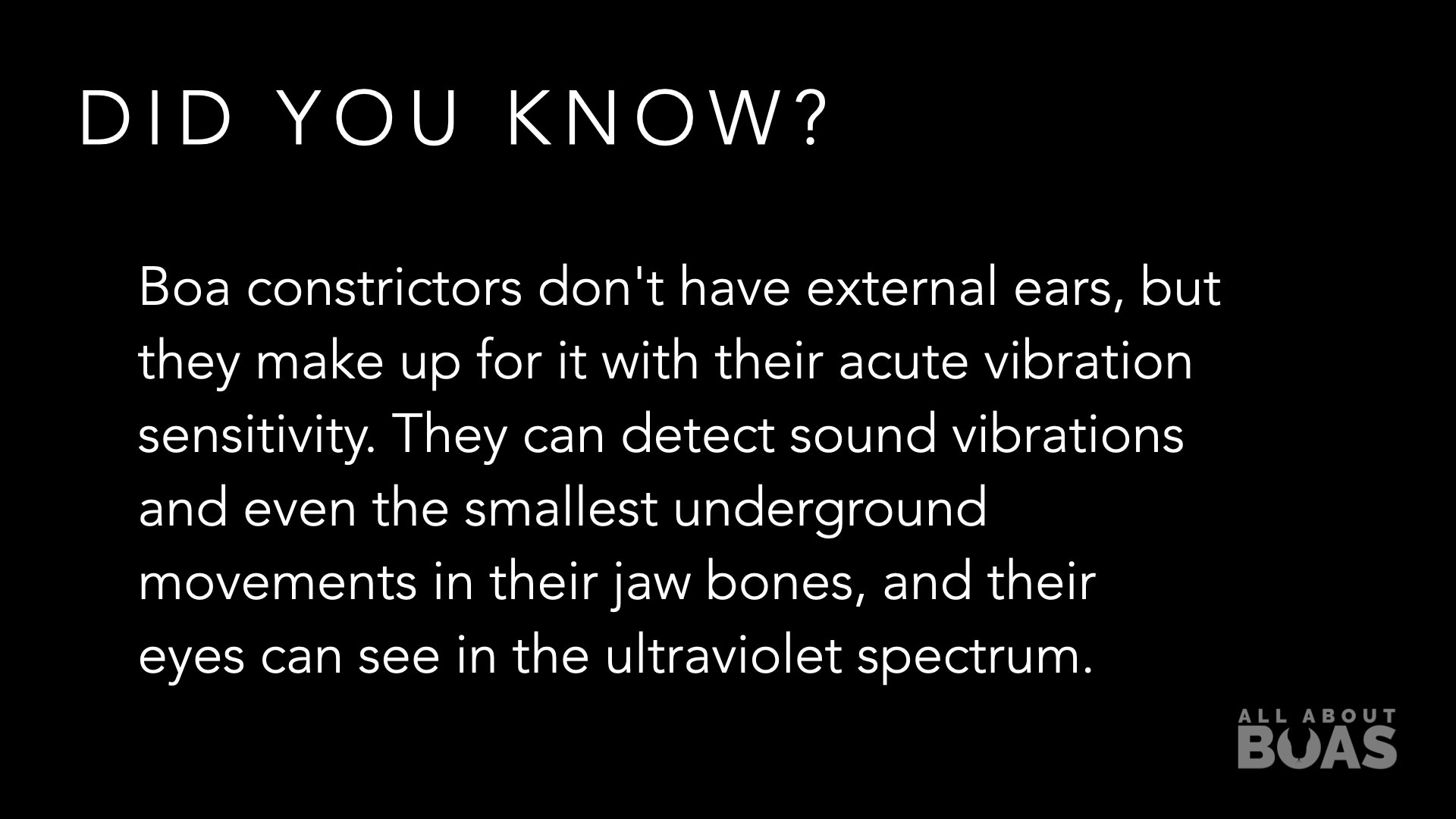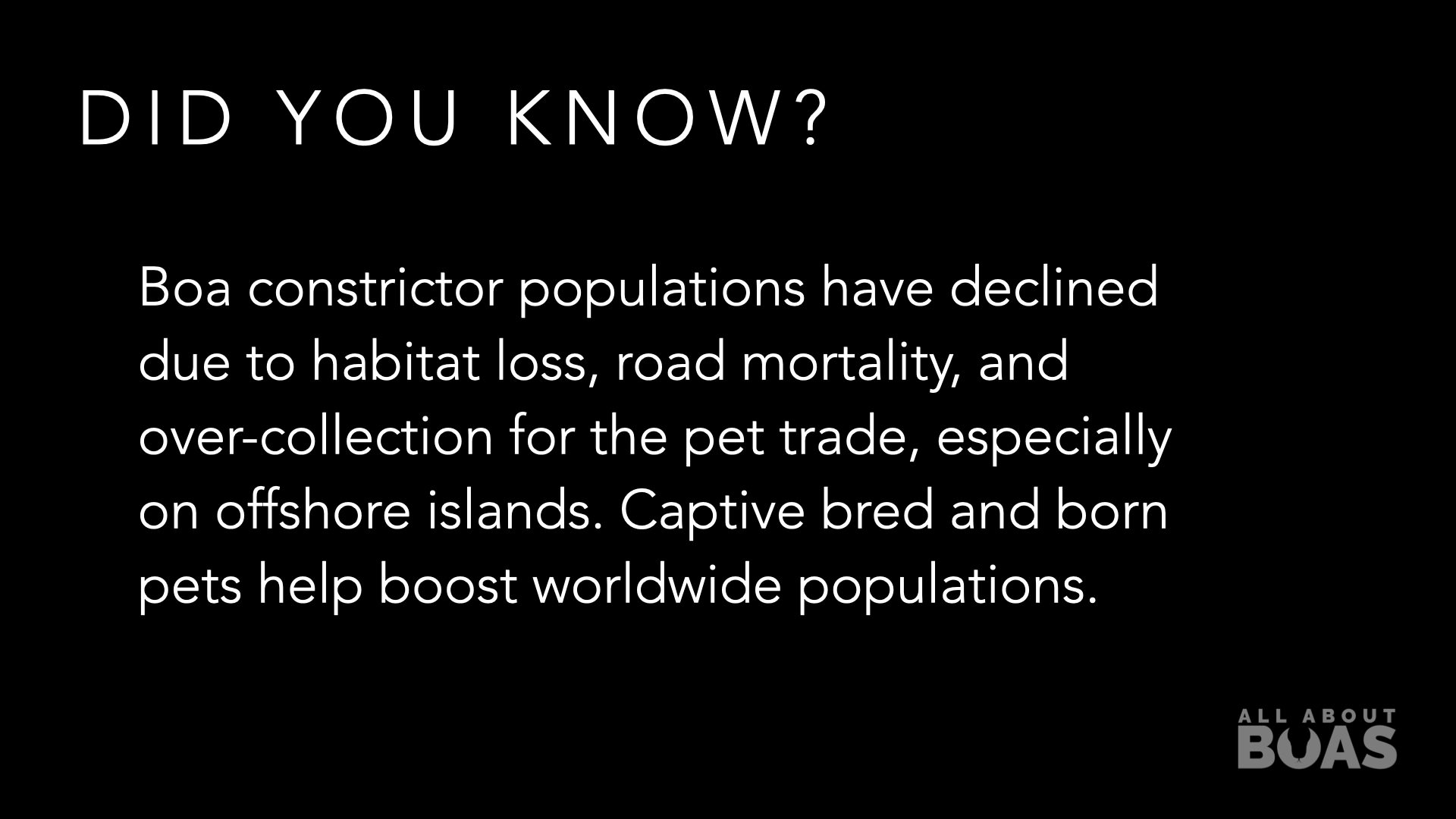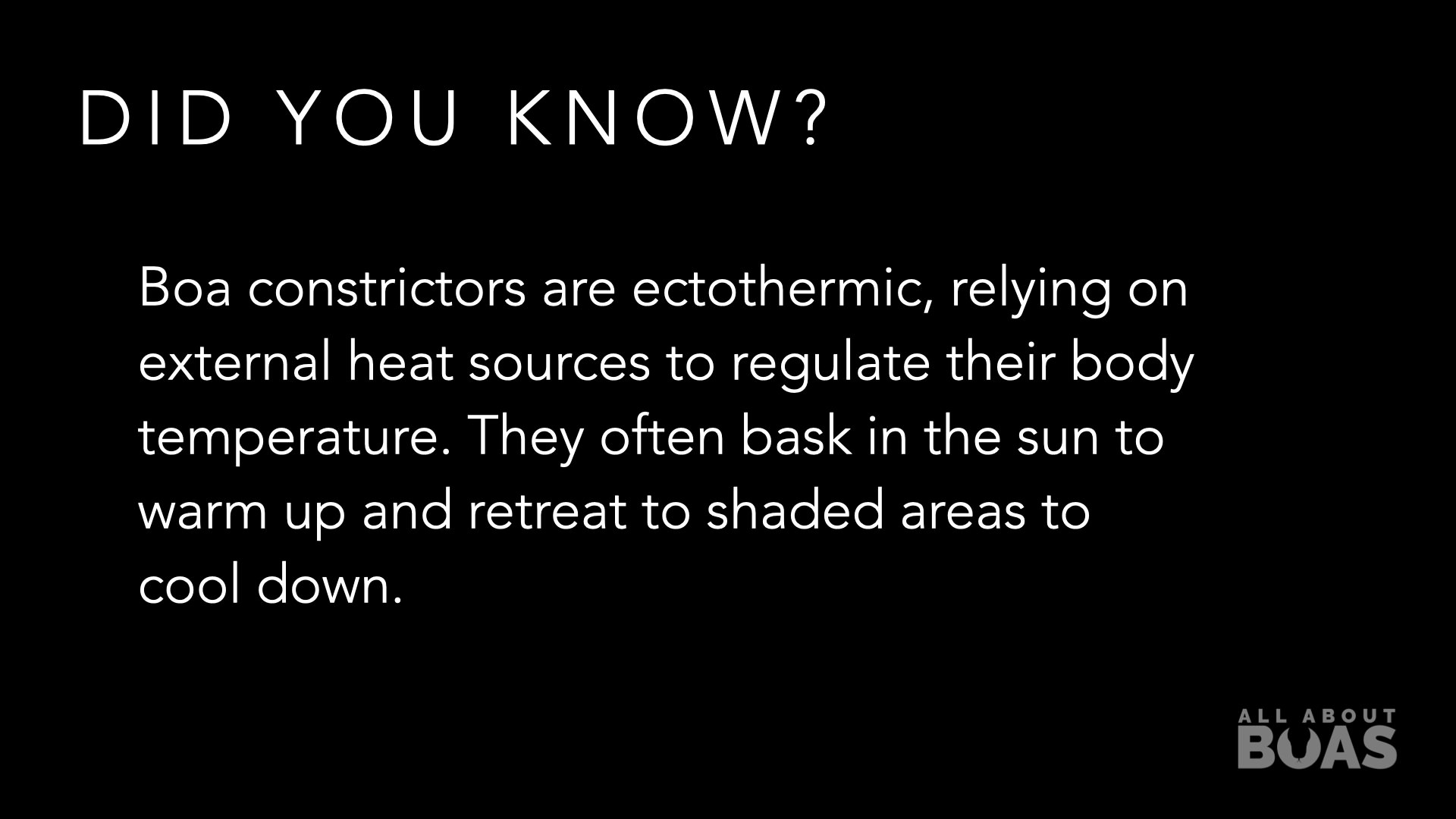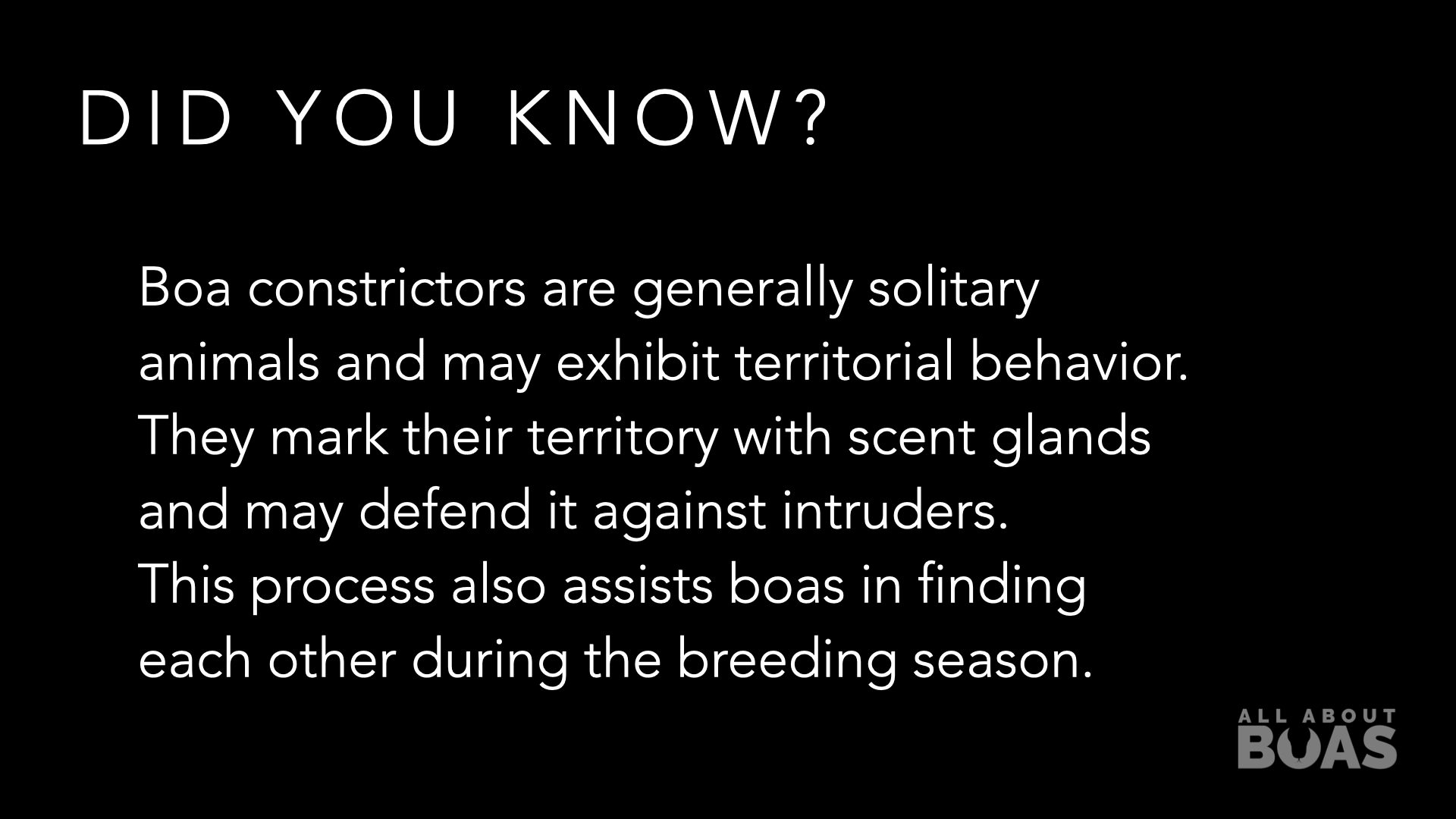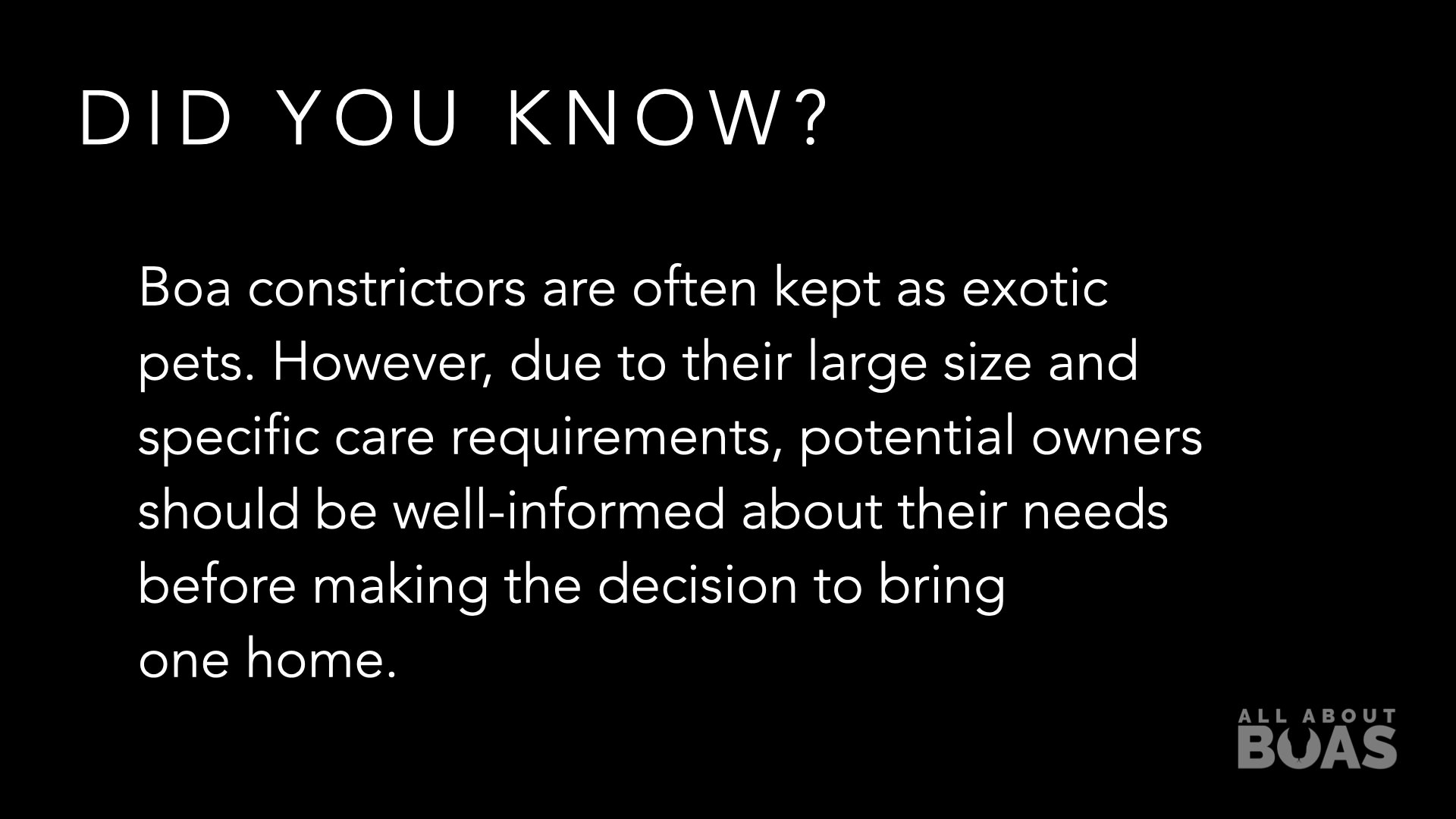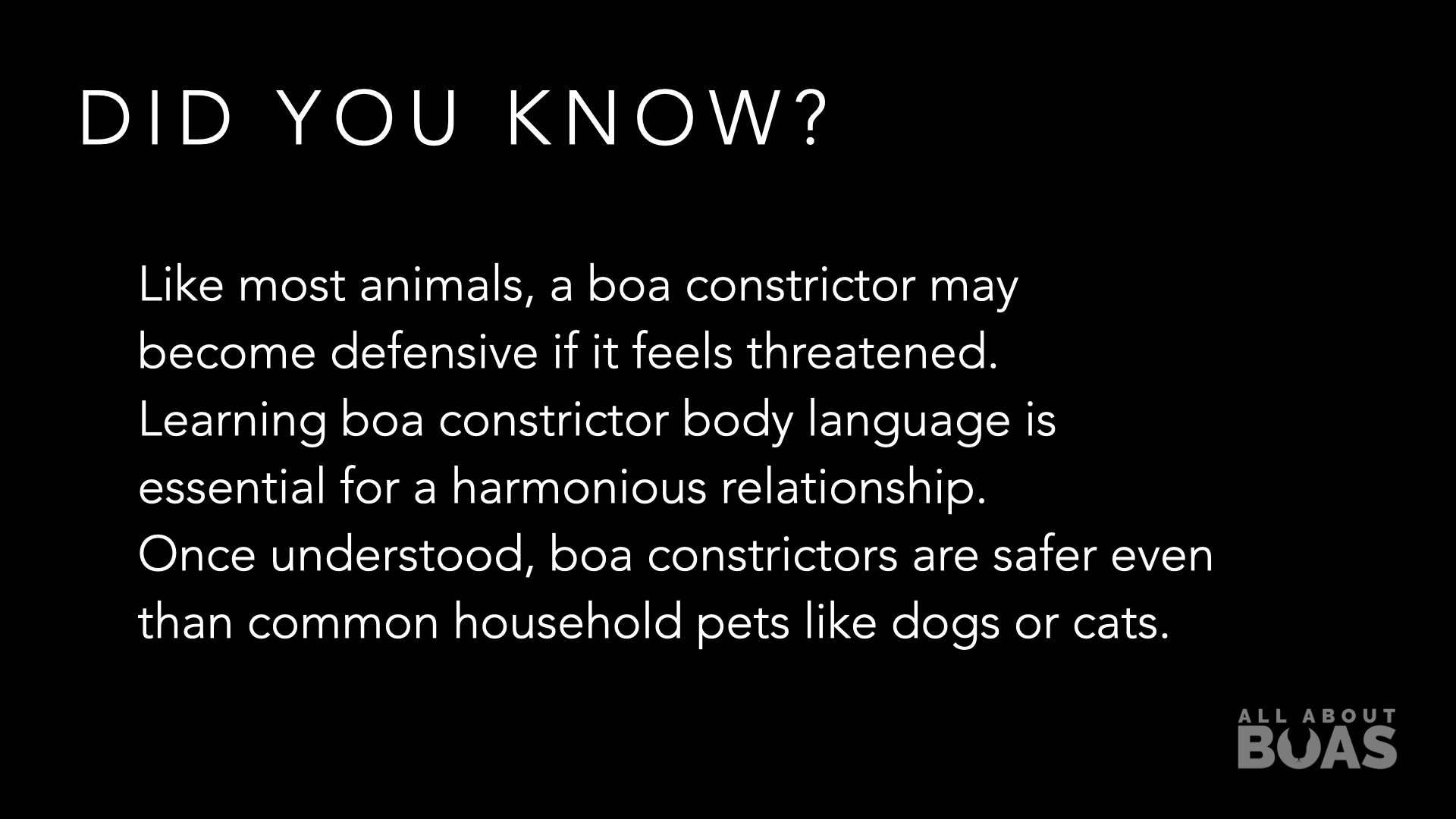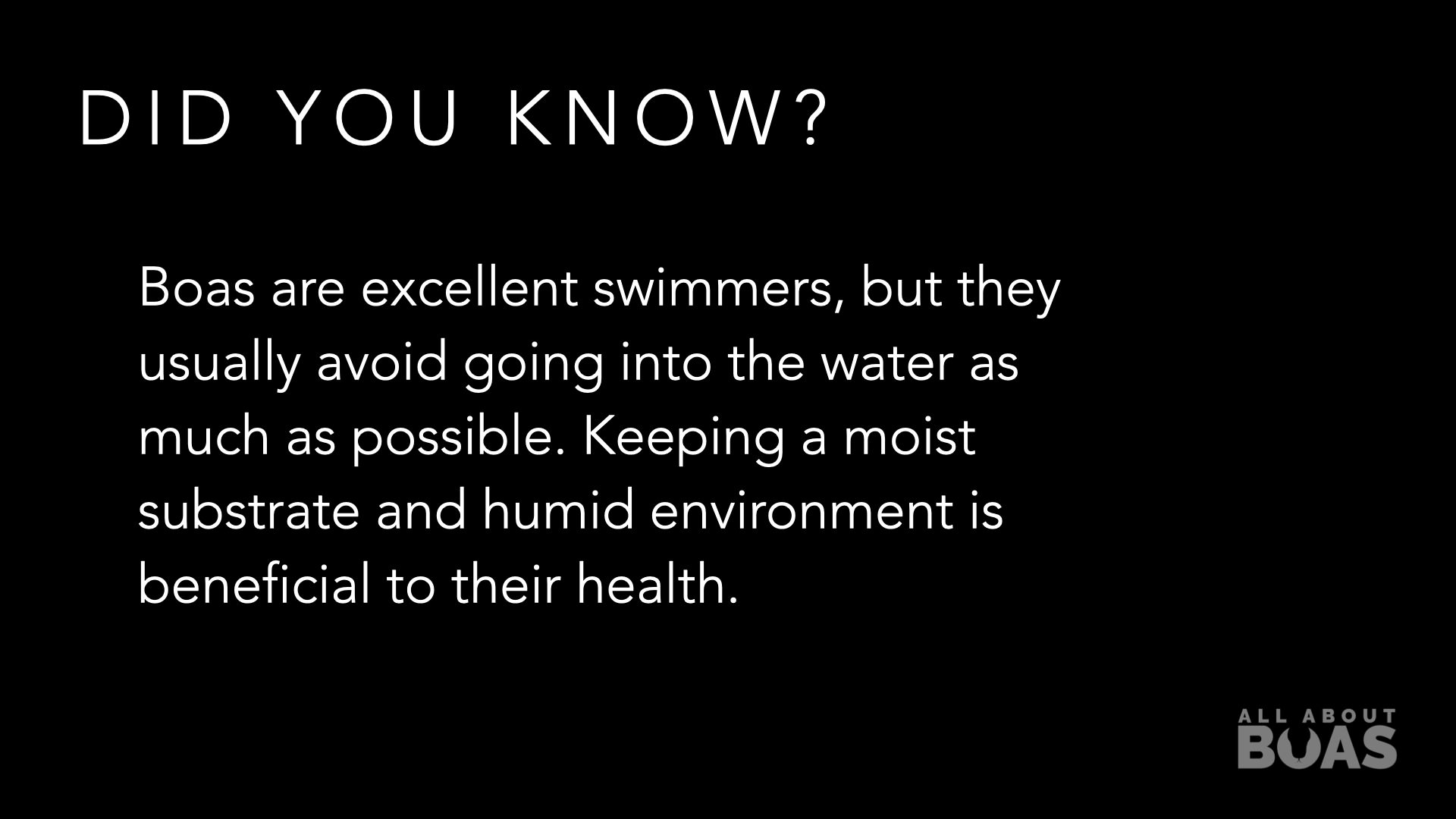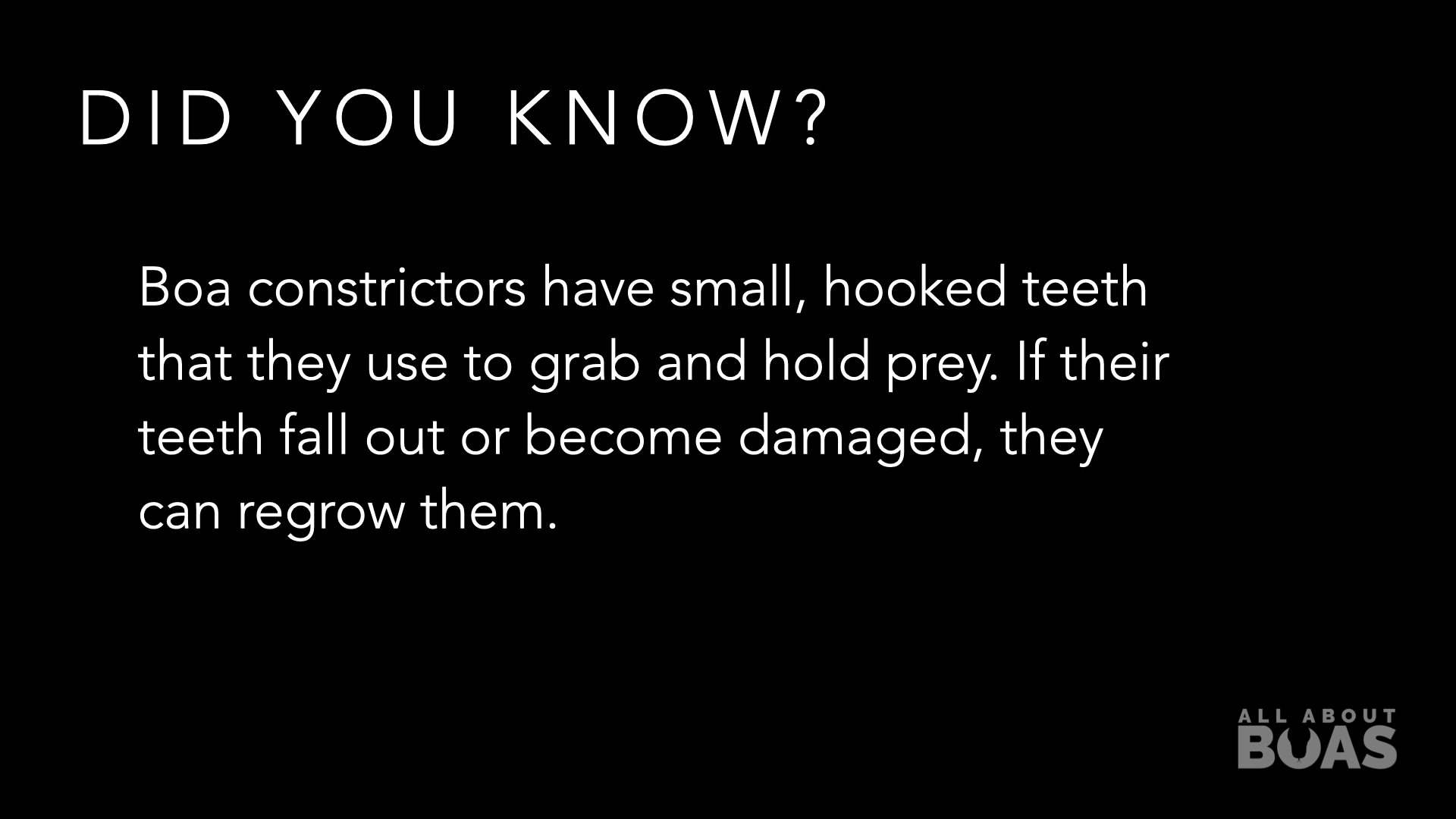Feeding your boa constrictor properly is essential for its health and well-being. Boa constrictors, like all snakes, have specific dietary requirements that need to be met to ensure they thrive in captivity. In this article, we'll explore the factors that determine how often you should feed your boa constrictor and provide guidelines to help you establish a feeding schedule tailored to your snake's needs.
Understanding Boa Constrictor Feeding Habits
Boa constrictors are carnivorous reptiles that primarily feed on small mammals, birds, and occasionally reptiles in the wild. When kept in captivity, their diet mainly consists of rodents such as rats and mice. The frequency of feeding depends on the age, size, and overall health of the snake.
Feeding Frequency for Young Boa Constrictors
Young boa constrictors, especially hatchlings and juveniles, have a higher metabolic rate and need more frequent meals. Generally, they should be fed every 1-2 weeks. This frequent feeding helps them grow rapidly during their early stages of development. Providing appropriately sized prey items is crucial to avoid regurgitation and ensure proper digestion.
Feeding Frequency for Adult Boa Constrictors
As boa constrictors mature, their growth rate slows down, and they require fewer meals. Adult boa constrictors should be fed every 2-4 weeks. Feeding them too frequently can lead to obesity, which can cause various health issues. It's essential to monitor their body condition and adjust the feeding schedule accordingly.
Factors Affecting Feeding Frequency
Several factors can influence how often you should feed your boa constrictor:
- Age: Younger snakes require more frequent meals for growth and development.
- Size: Larger snakes may need larger prey items, but they don't necessarily need to be fed more often than smaller snakes.
- Metabolism: Individual snakes may have different metabolic rates, affecting their feeding frequency.
- Health: Sick or recovering snakes might have different feeding requirements. Consult a veterinarian if your snake has health issues affecting its appetite.
Signs of Proper Feeding
It's crucial to observe your boa constrictor to ensure it is being fed appropriately. A properly fed boa constrictor will:
- Have a Healthy Body Condition: A healthy snake will have a proportionate body shape without visible bones protruding or excessive fat deposits.
- Show Regular Shedding: Boa constrictors shed their skin regularly when they are growing and healthy.
- Display Active Behavior: A well-fed boa constrictor will be active and alert, exploring its enclosure and exhibiting natural behaviors.
Conclusion
Establishing a proper feeding schedule is vital for the overall health and longevity of your boa constrictor. By considering the snake's age, size, and metabolic rate, you can create a feeding routine that meets its nutritional needs. Remember to provide a balanced diet, monitor your snake's body condition, and consult with a reptile veterinarian if you have any concerns about your boa constrictor's feeding habits. With the right care and attention, your boa constrictor can lead a healthy and content life in captivity.










